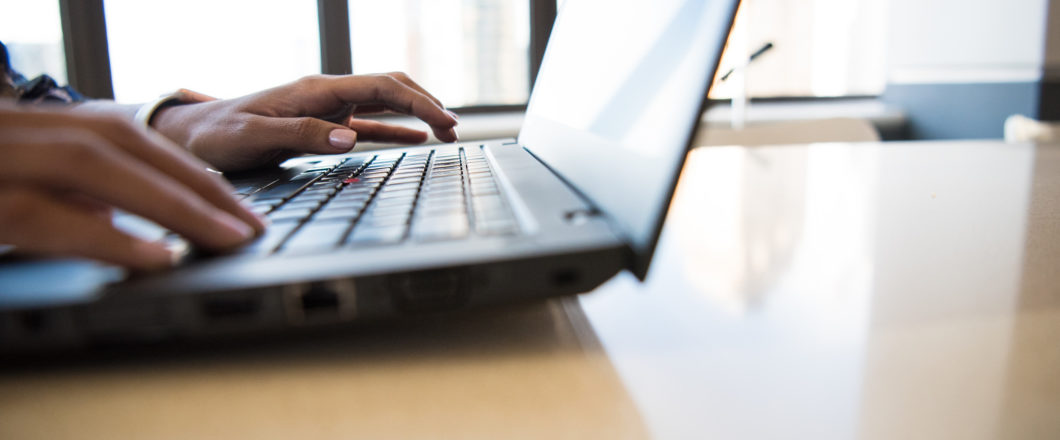
Sending a thank you note after your interview or phone screening with a hiring manager is a crucial step in the hiring process. Apart from the general good etiquette of the practice of writing thank you notes, they are another opportunity to interact with the hiring manager while they screen other applicants and eventually make a decision about whom to hire for the position. Use our Pro Tips as a guide to writing a thank you note following your interview.
Pro Tip: Timing is everything
We at Resume Yeti recommend that you send a thank you note to your interviewer either the very same day or the day after your interview. You’ll want to give them the impression that you enjoyed the interview and that you’d like to move forward with the hiring process. Writing a prompt thank you note to the hiring manager is a great way to prove your genuine interest in the position and company. If a couple days have gone by and you’ve just realized you haven’t written a thank you note yet, you should still send one over. Sending a note a little later is certainly better than not sending one at all.
Pro Tip: Remind them why they should hire you
In your interview you probably made a case for why the company should hire you. When you write a thank you note to the hiring manager, you should summarize this pitch in one or two sentences, alongside expressing your gratitude for their time and consideration.
Pro Tip: Tell AND show
Often during interviews, you talk about successful projects you’ve completed yourself or that you’ve been a part of. Sometimes there is no way to quickly access a project in your portfolio in the moment when you’re talking about it with the hiring manager during the interview. If you discussed any past projects or items in your portfolio during the interview, your follow-up thank you note is a way to provide that access to the hiring manager.
In general, It’s important to have your portfolio uploaded and ready to be viewed online. It makes it convenient for you to share it easily on the spot if you need to. In your thank you note you can say something like, “I wanted to pass along the links to the projects we discussed during the interview. The first project ________ can be seen here [insert URL], and the other one, _________ is available here [insert URL].” Provide the name of the project and the year, as well as a link so the hiring manager can view the projects at their convenience.
If you’re stuck on formatting your thank you note, you can check out these different examples for various purposes. And before you hit “Send” on that email, be sure to read over these quick tips:
Quick Tip: Use your professional email address
In a world where it’s so easy to switch between accounts and be connected across multiple devices, sometimes you can accidentally send a professional email from one of your personal accounts. Do a quick double check to make sure your “sent from” address is the right one.
Quick Tip: Spell and grammar check.
It’s an obvious tip, but you’d be surprised how many people send grammatically incorrect emails with spelling errors. Spell/Grammar check is just as important in professional correspondences as it is in your resume writing.
Quick Tip: Check your valediction
Make sure to sign off cordially, using valedictions like “Sincerely,” “Regards,” or “All my best.”
Quick Tip: Update your signature
In addition to their name and phone number, many people include links to their social media, website, portfolio, current organization, or LinkedIn in their automated signature. Double check the links in yours to make sure they are up-to-date and functioning.




